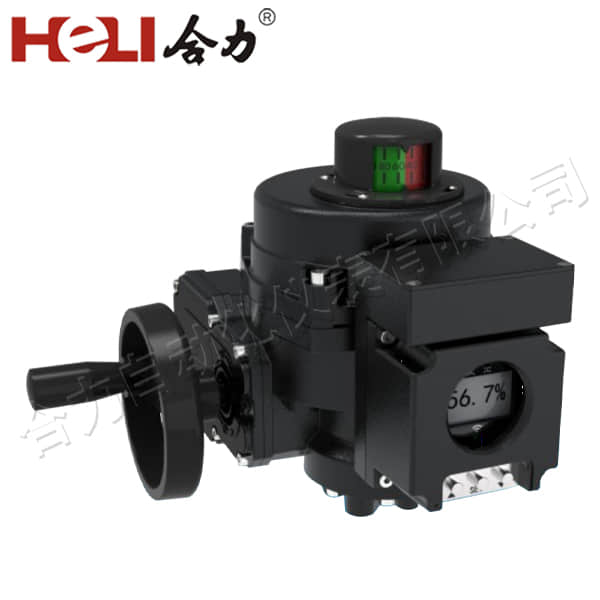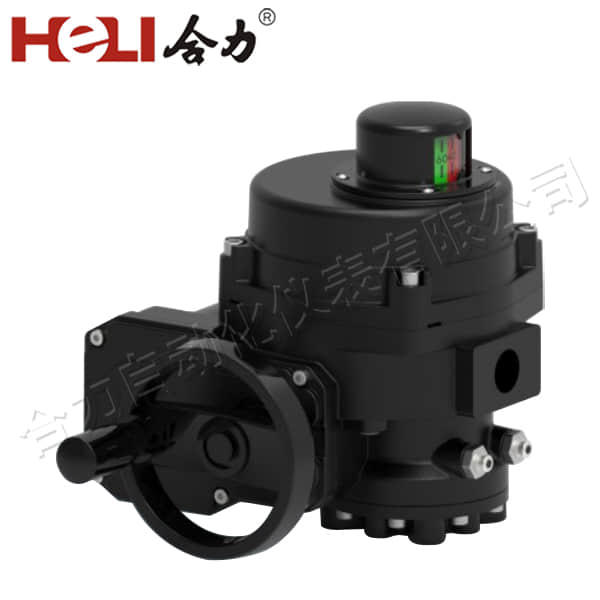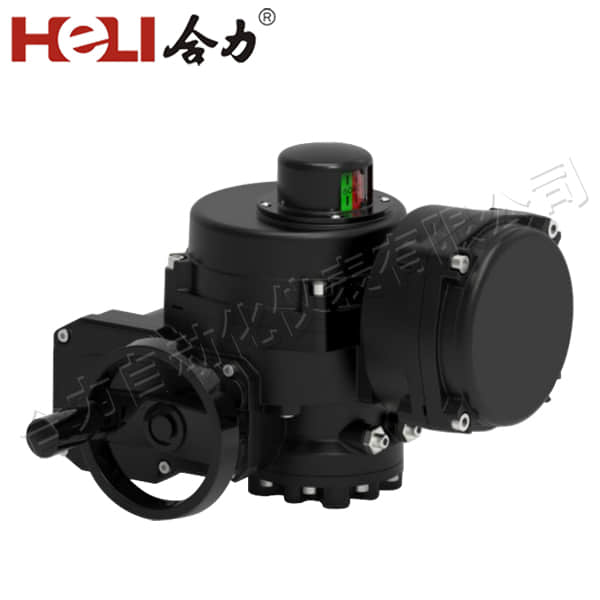Electric actuator valves are crucial components in many industrial and commercial systems, offering precise control over fluid and gas flow. These valves, paired with electric actuators, are integral to a wide range of applications, from automation in manufacturing plants to process control in oil refineries. In this article, we will delve into the structure, functions, advantages, and applications of electric actuator valves, providing a comprehensive understanding of why they are so widely used in various industries.

What are Electric Actuator Valves?

An electric actuator valve is a valve mechanism that is operated using an electric actuator. The electric actuator, powered by electricity, transforms electrical energy into mechanical motion, allowing the valve to open or close. The actuator controls the movement of the valve’s internal components, such as the disc, ball, or plug, to regulate the flow of liquids, gases, or slurries within a pipeline or system. Electric actuators are typically motor-driven and provide precise control over valve movement, enabling accurate adjustments based on system needs. The combination of an electric actuator with a valve provides numerous benefits, including enhanced automation, efficiency, and ease of maintenance.
